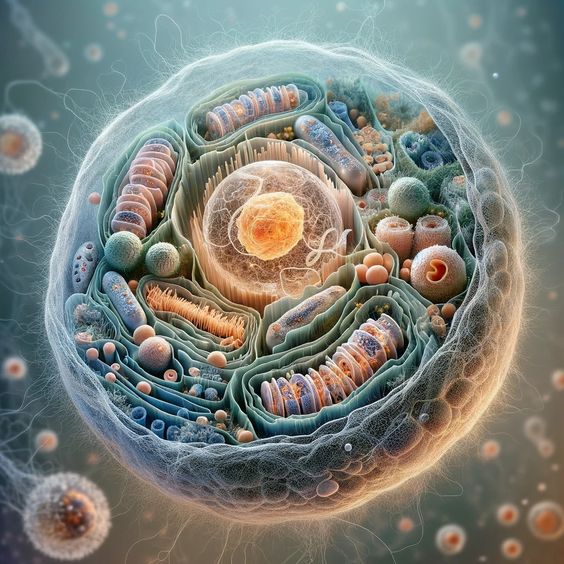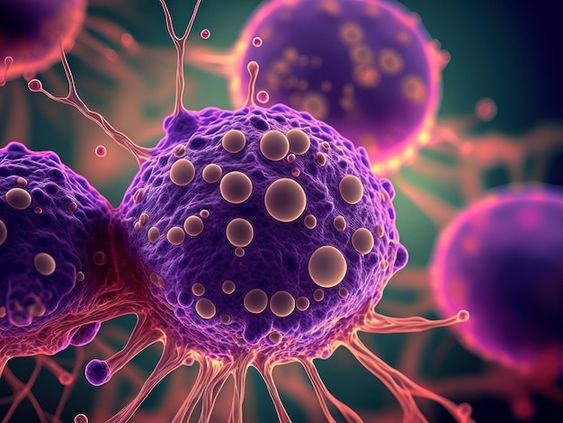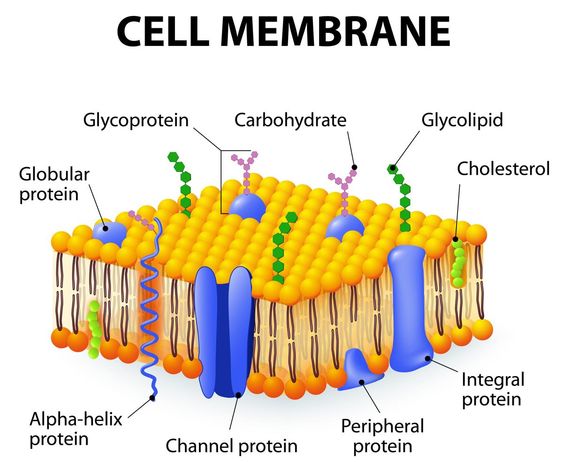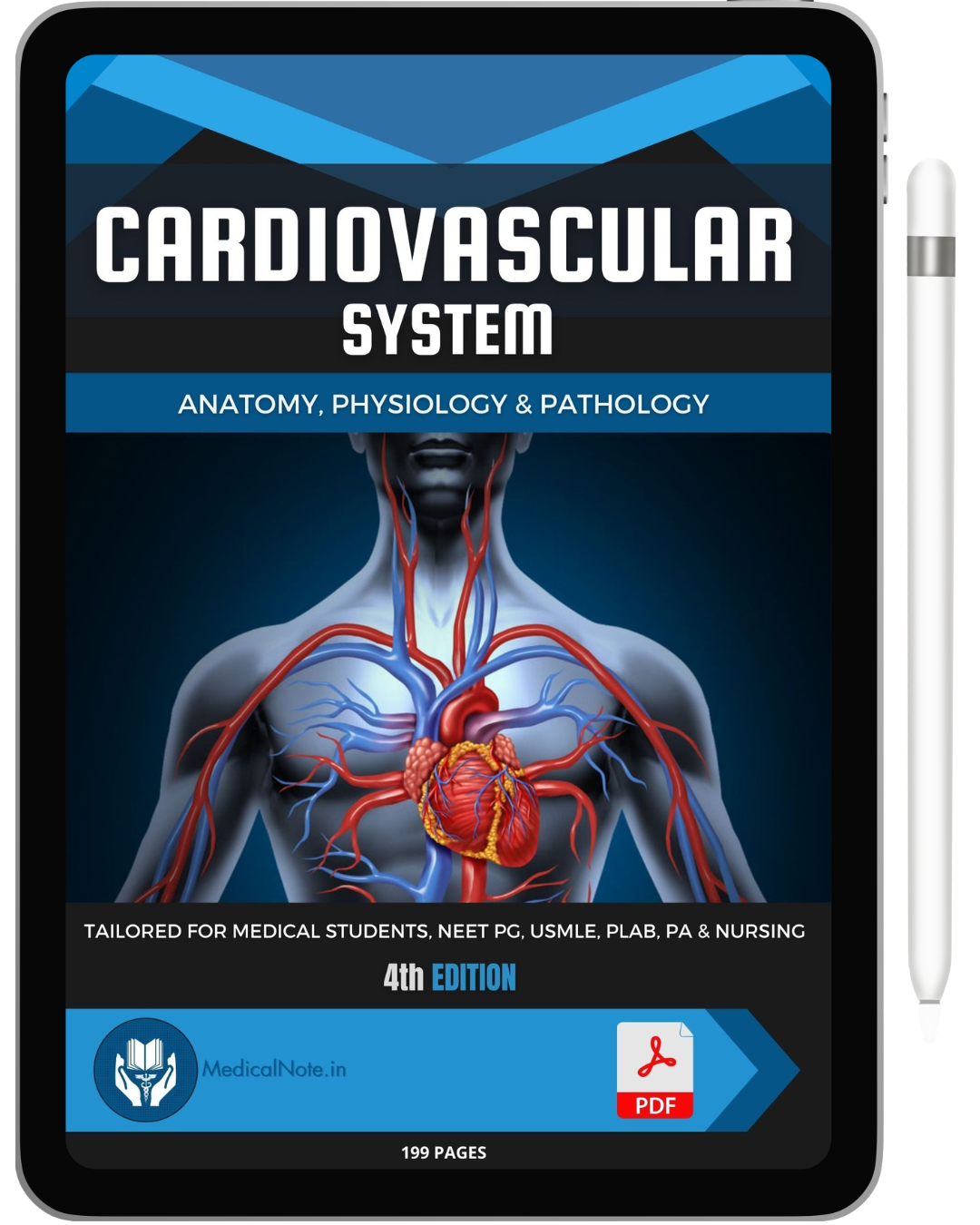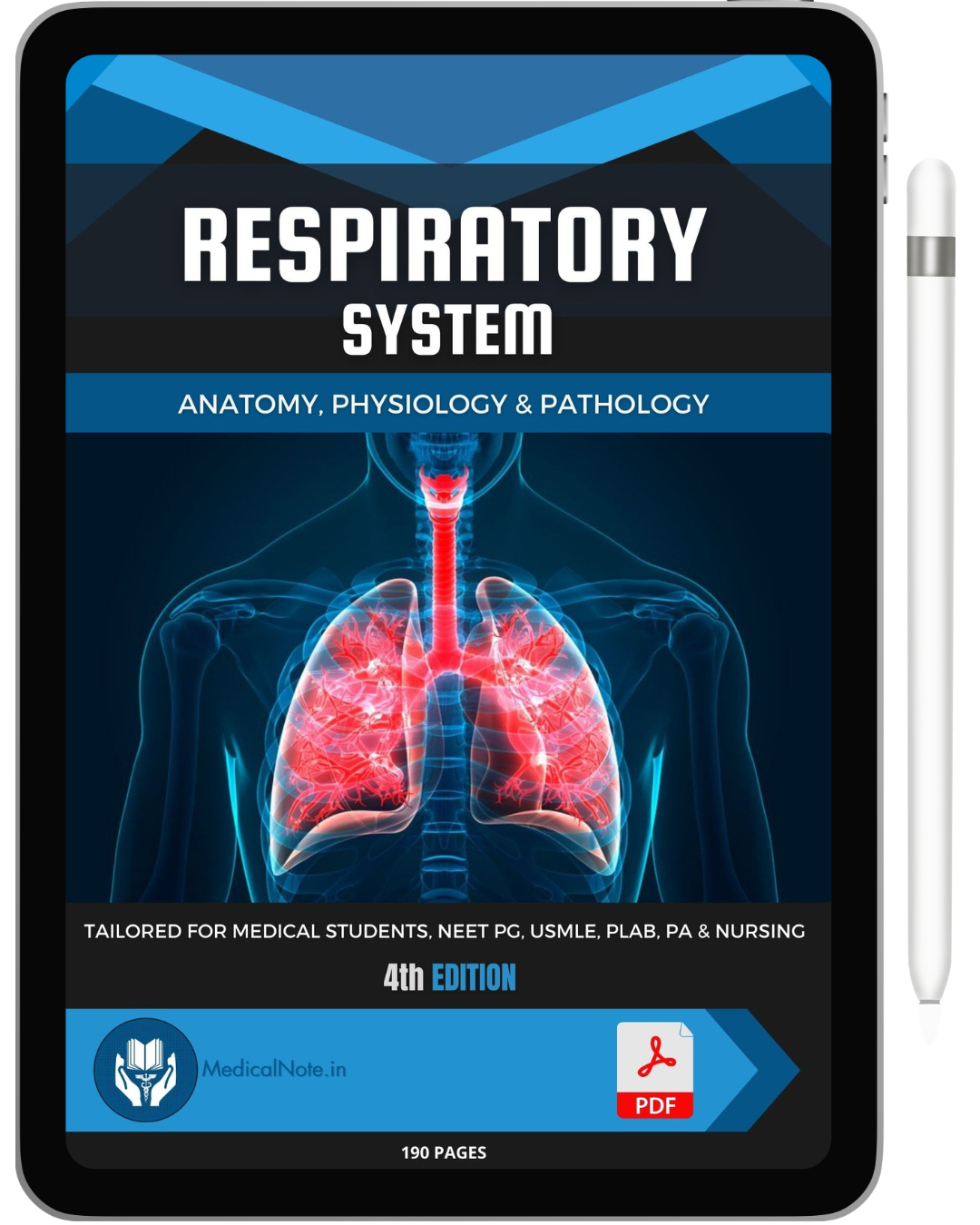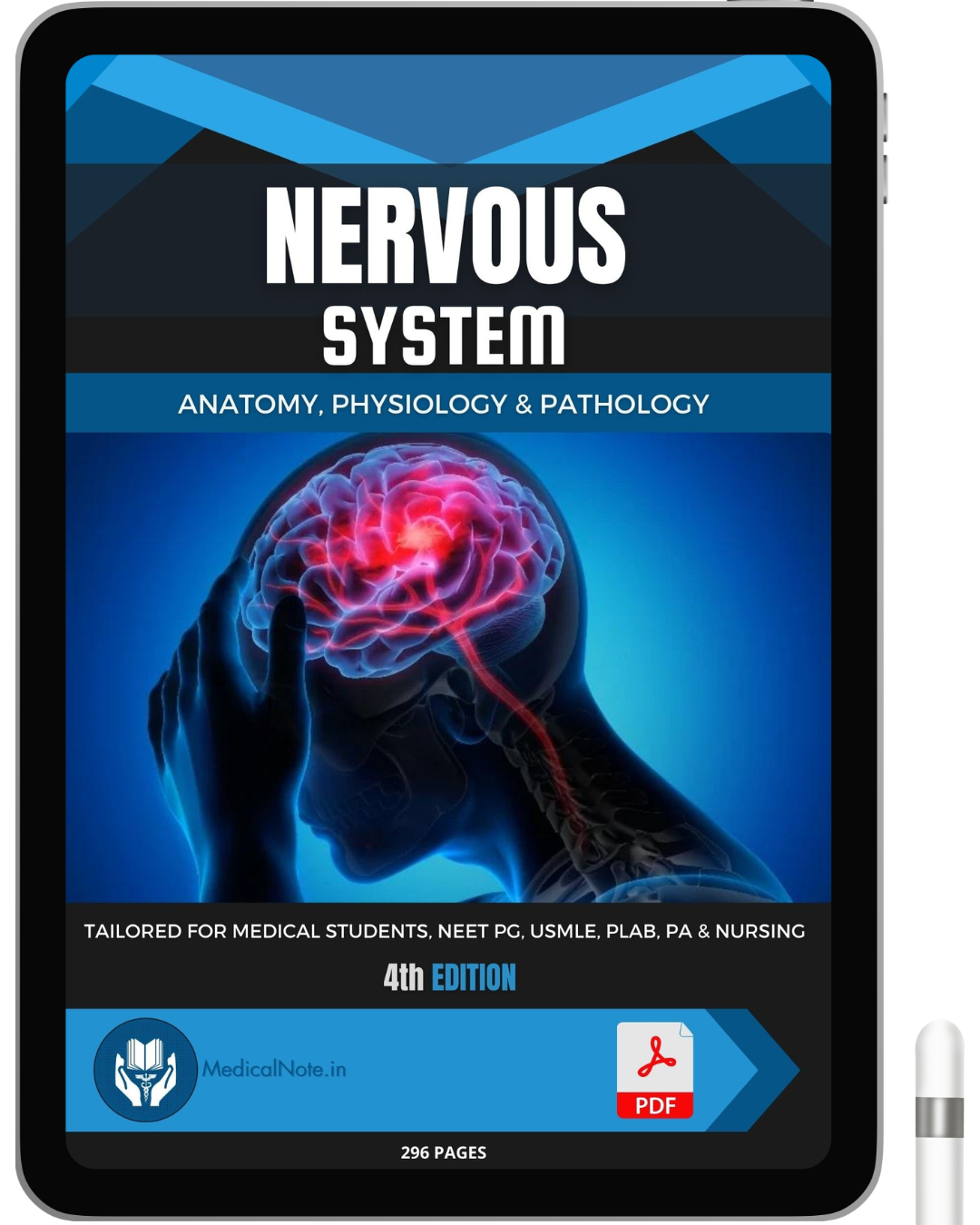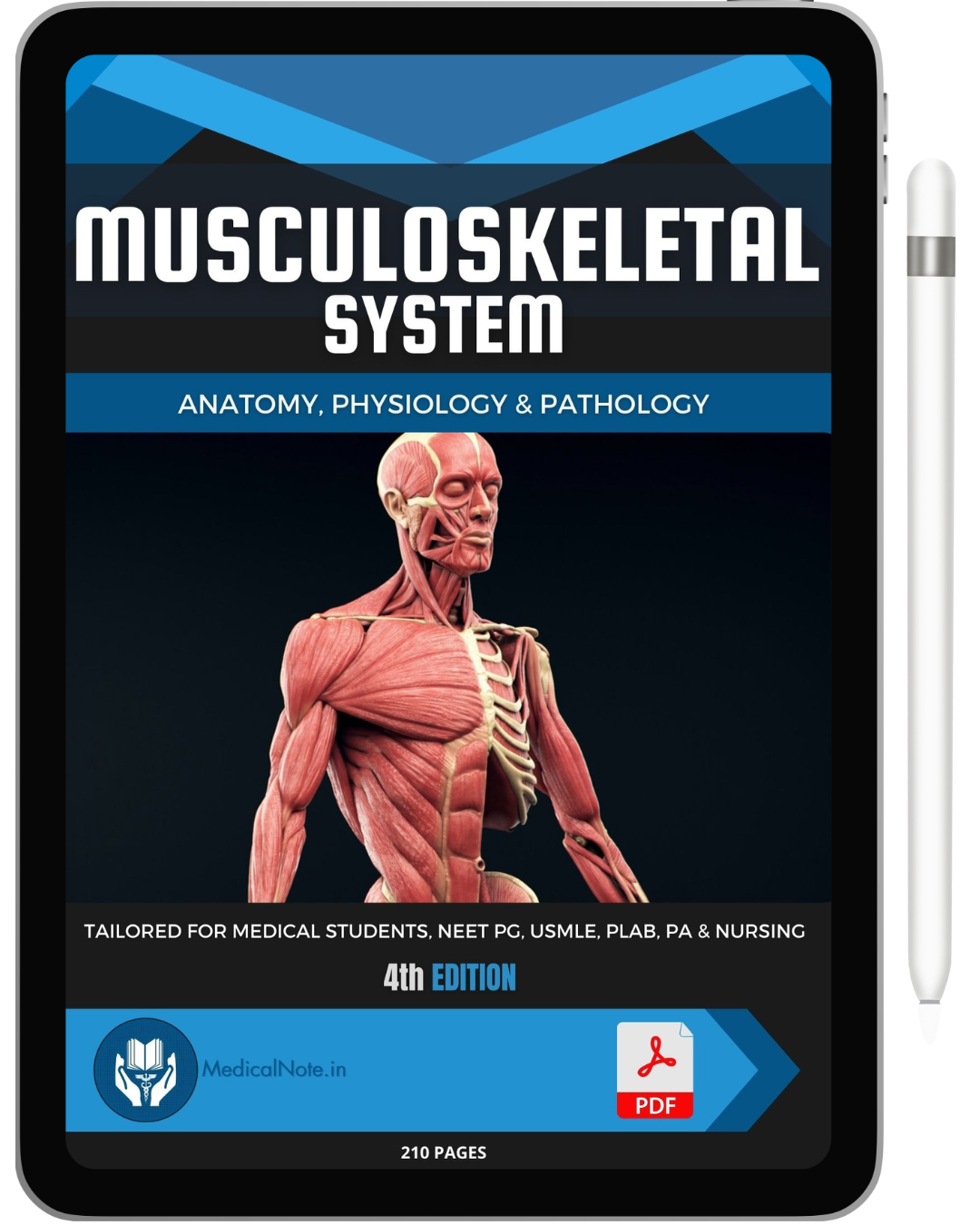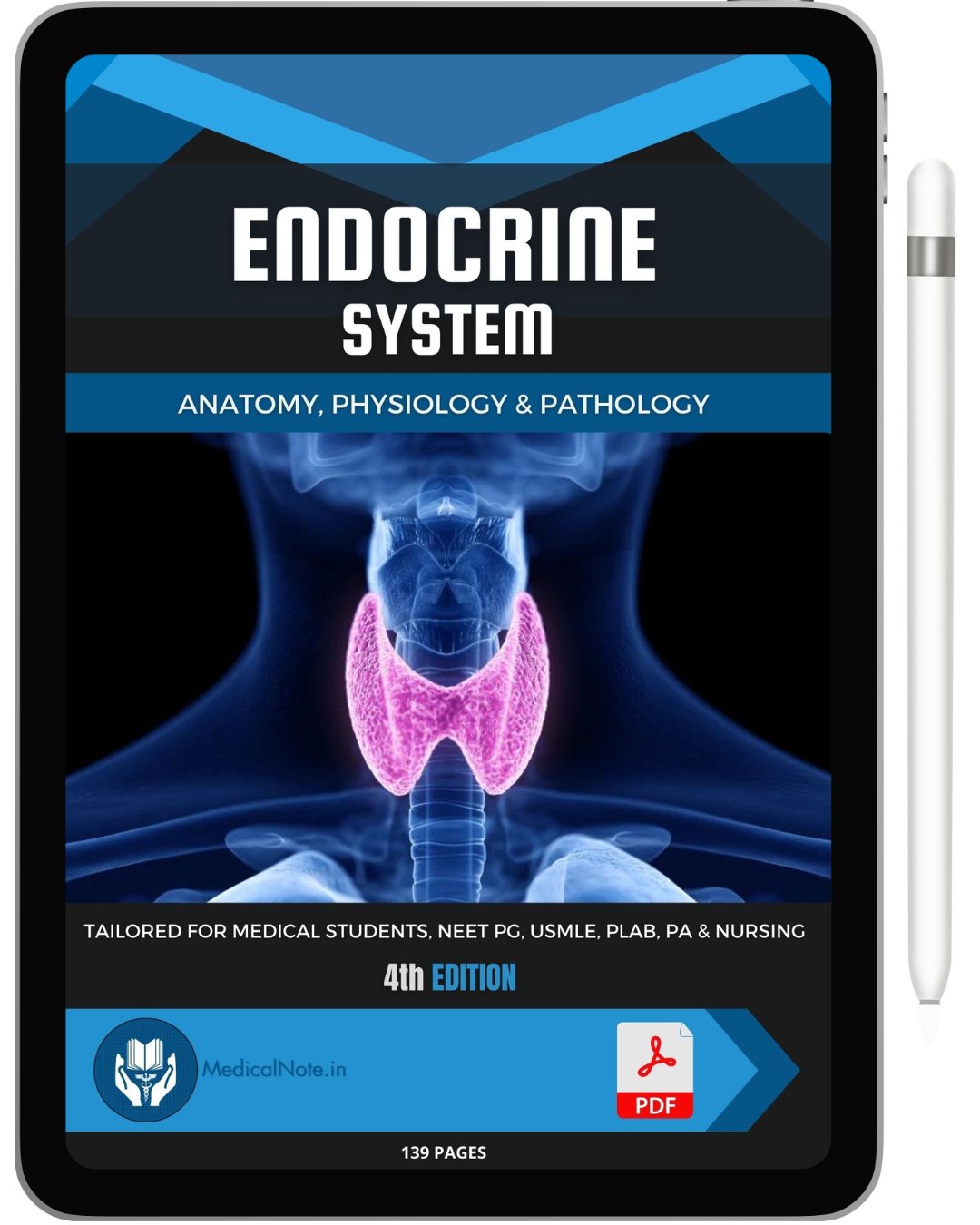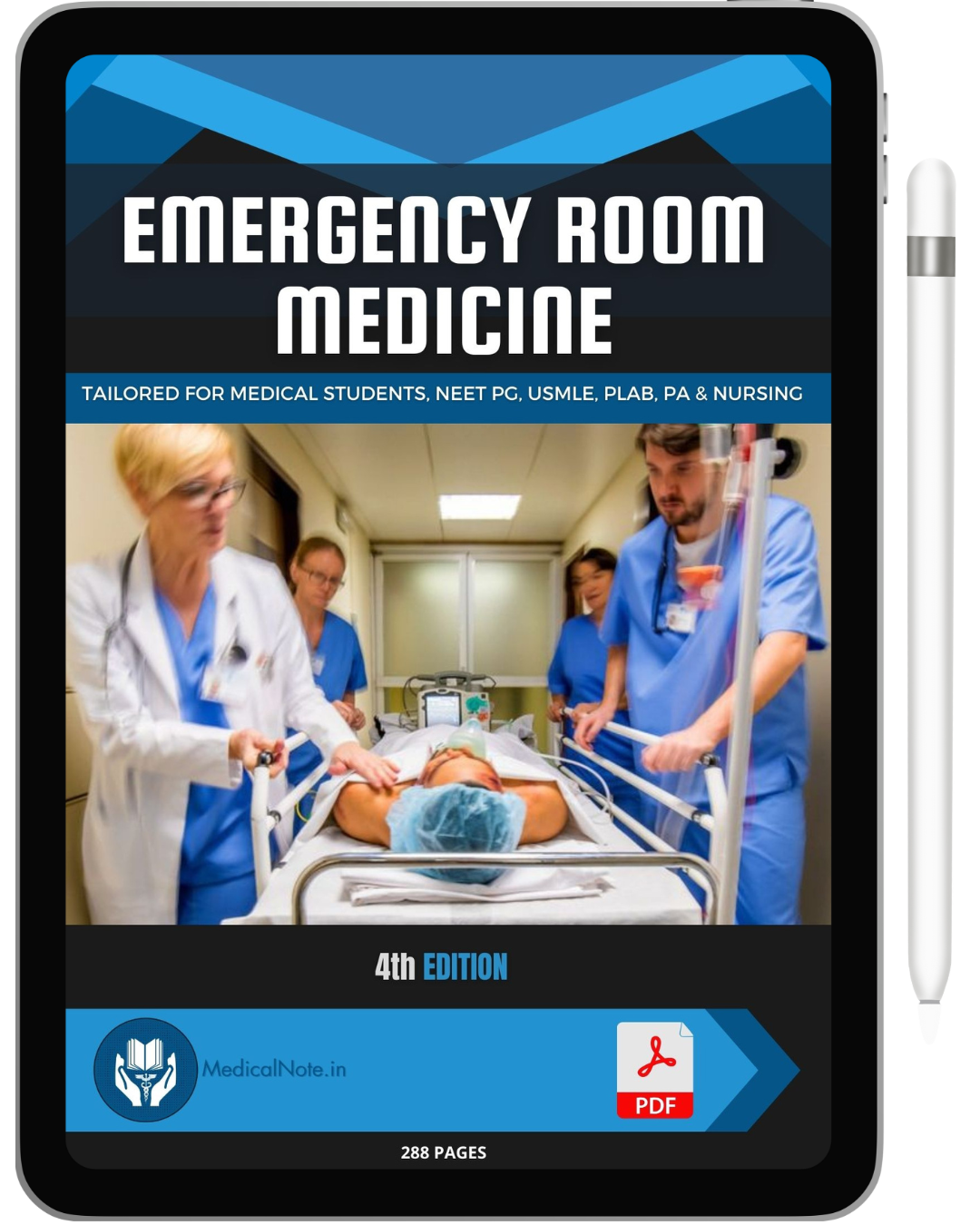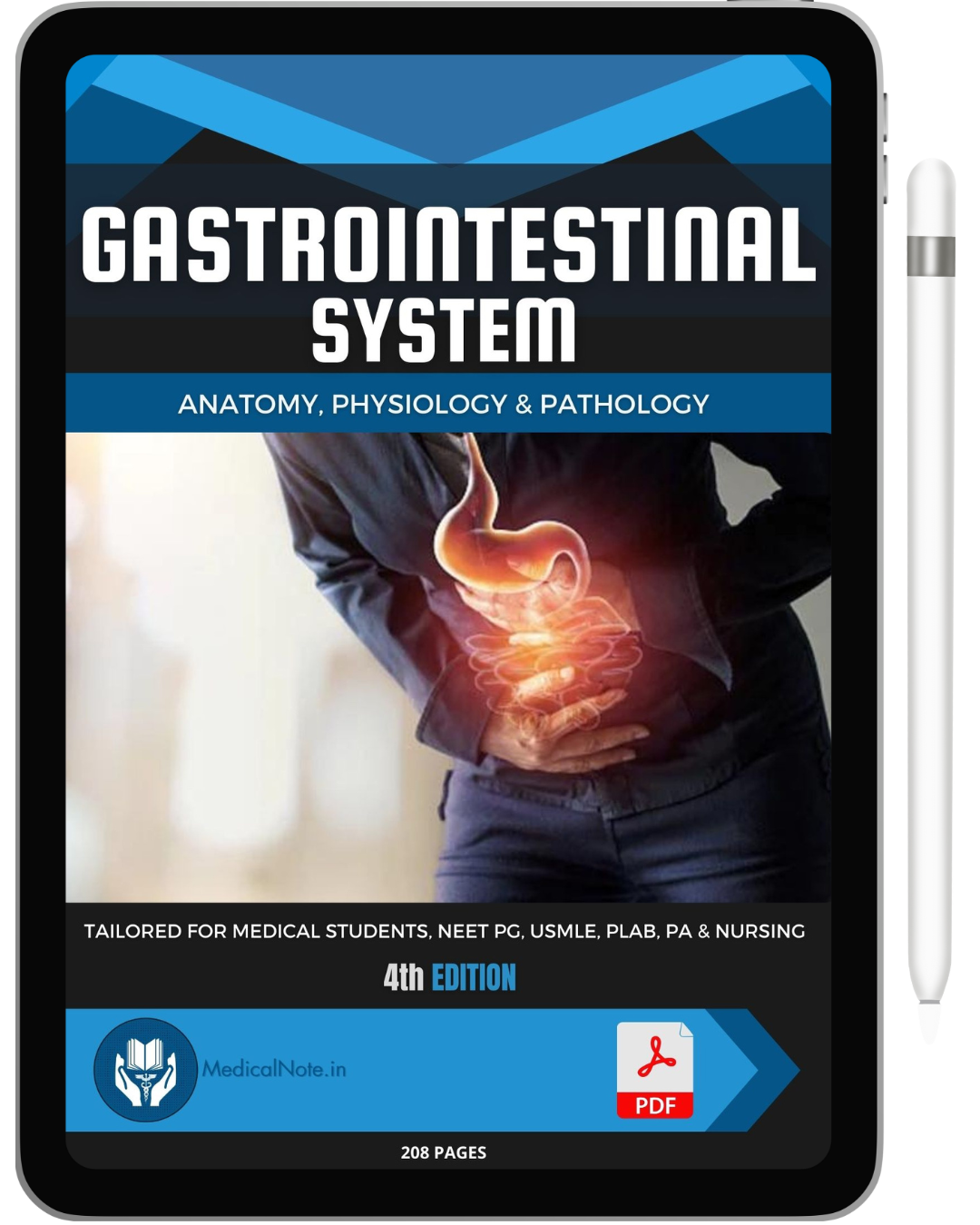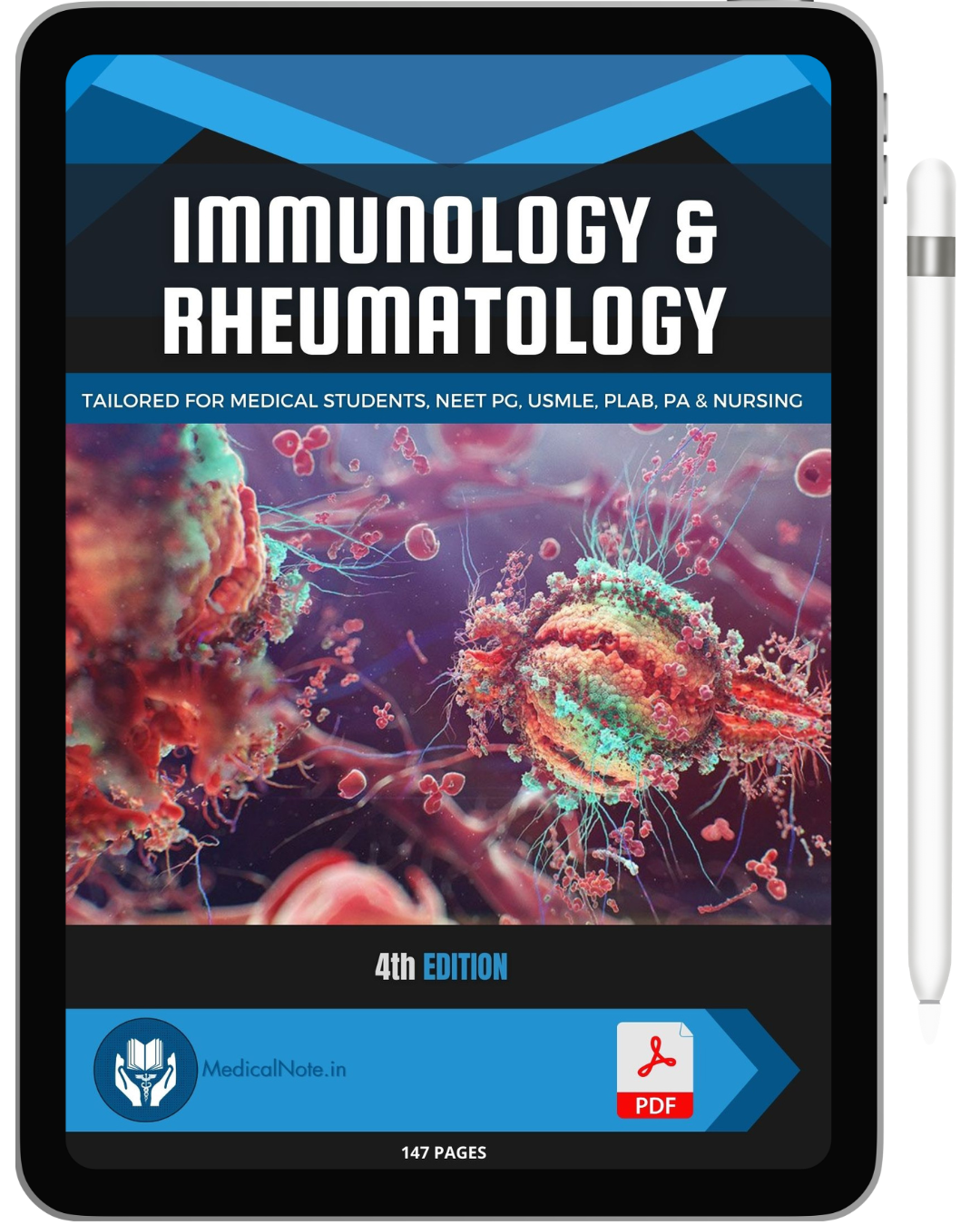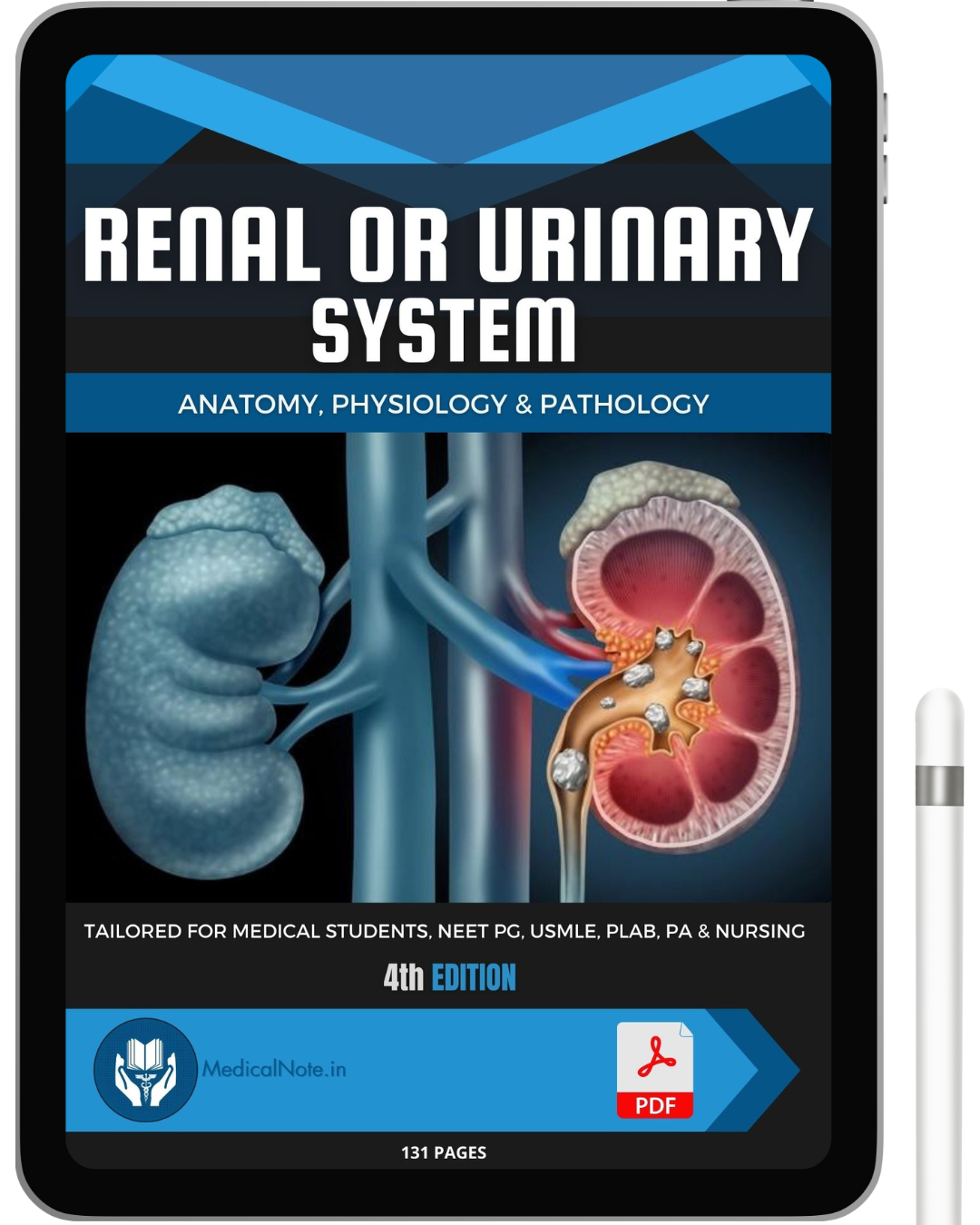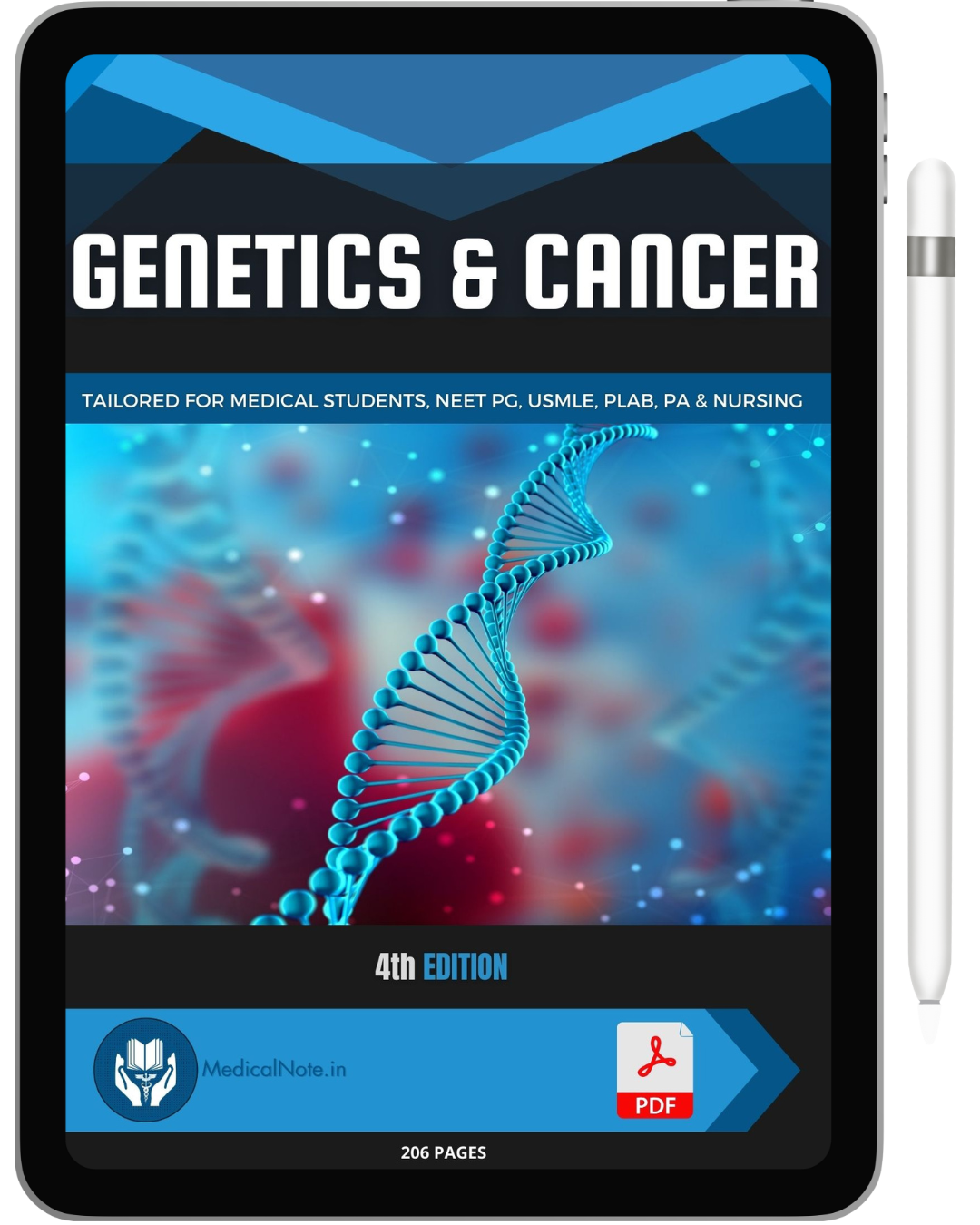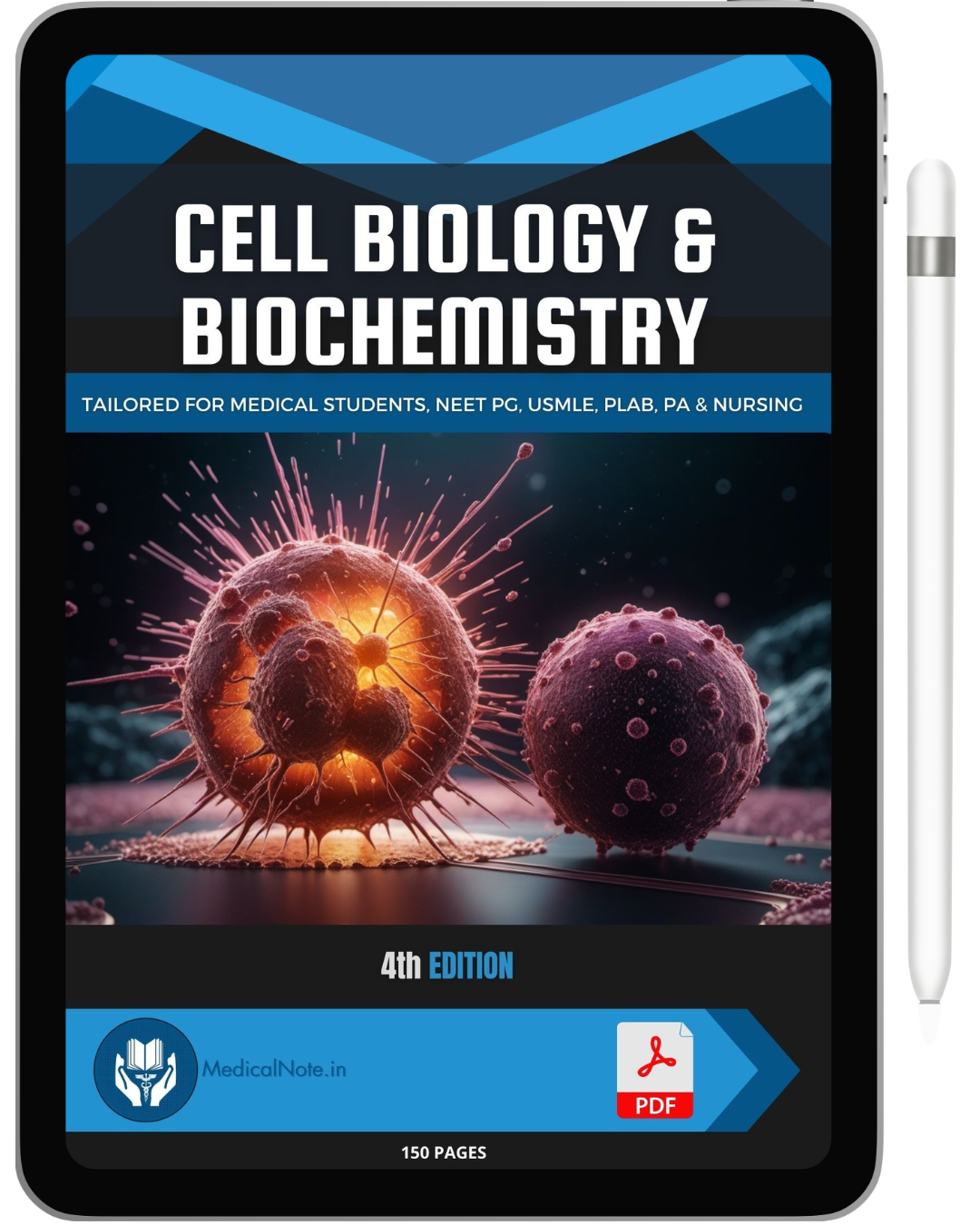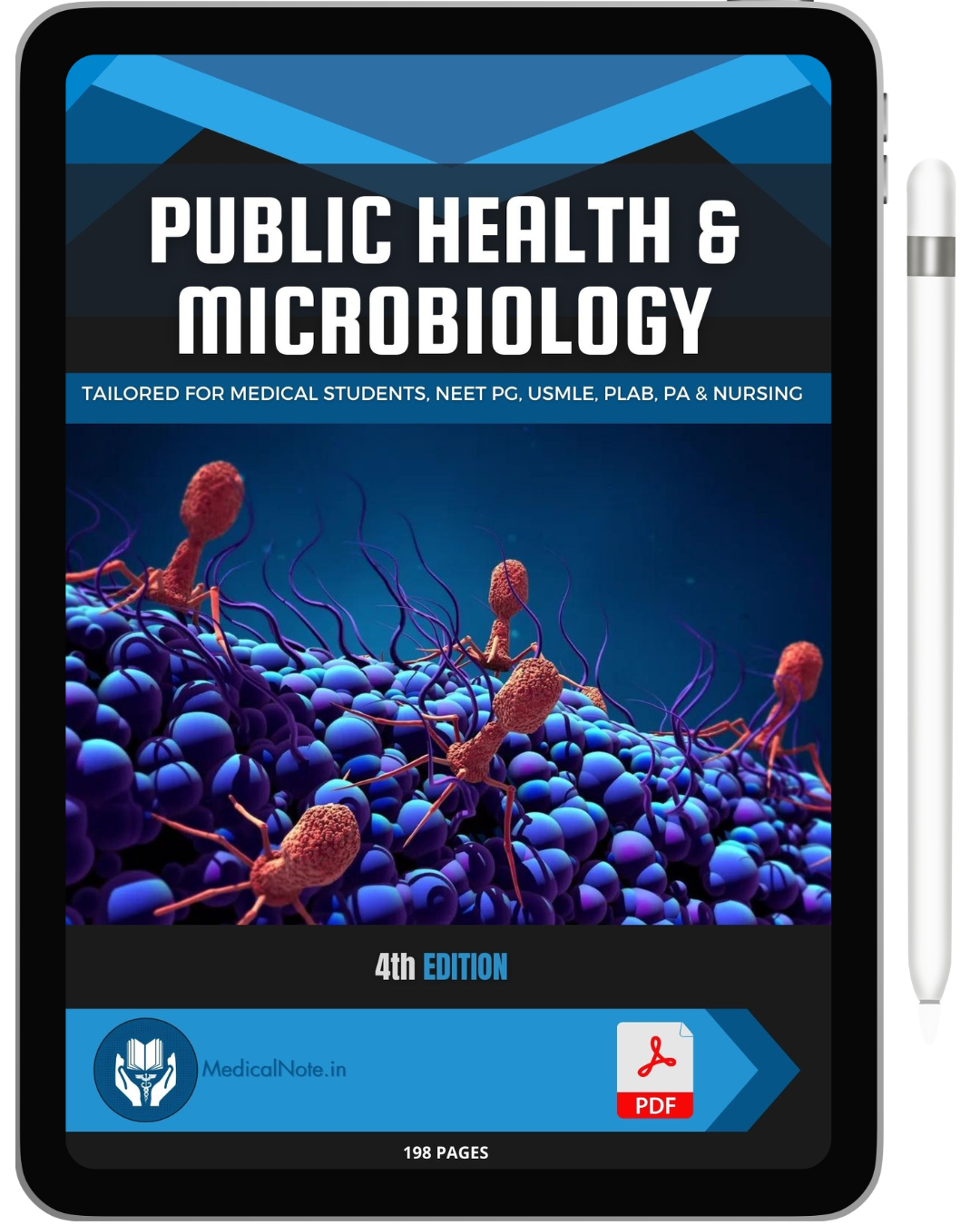Cells are the basic functional units of life, each performing vital tasks necessary for survival and growth. Understanding cell structure and function is fundamental for medical students as it forms the basis for comprehending more complex biological systems.
Cell Structure
Cells are bound by a plasma membrane, a bilipid layer that encapsulates all internal machinery. Key components include:
- Nucleus: Contains genetic material (DNA) and controls cell activities.
- Mitochondria: Powerhouse of the cell, generating ATP through cellular respiration.
- Endoplasmic Reticulum (ER): Synthesizes proteins (rough ER) and lipids (smooth ER).
- Golgi Apparatus: Modifies, sorts, and packages proteins and lipids.
- Lysosomes: Contain enzymes for digestion and waste removal.
- Cytoskeleton: Provides structural support and facilitates movement.
Cell Functions
Cells perform various functions essential for life, including:
- Metabolism: Converting nutrients into energy.
- Protein Synthesis: Creating proteins necessary for structure and function.
- Cell Division: Replicating DNA and dividing to form new cells.
- Signal Transduction: Receiving and responding to external signals.
- Transport: Moving substances across the cell membrane.
Conclusion
A thorough understanding of cell structure and function is crucial for medical students. This knowledge is the foundation for studying more advanced topics in biology and medicine, making it essential for success in medical education.


